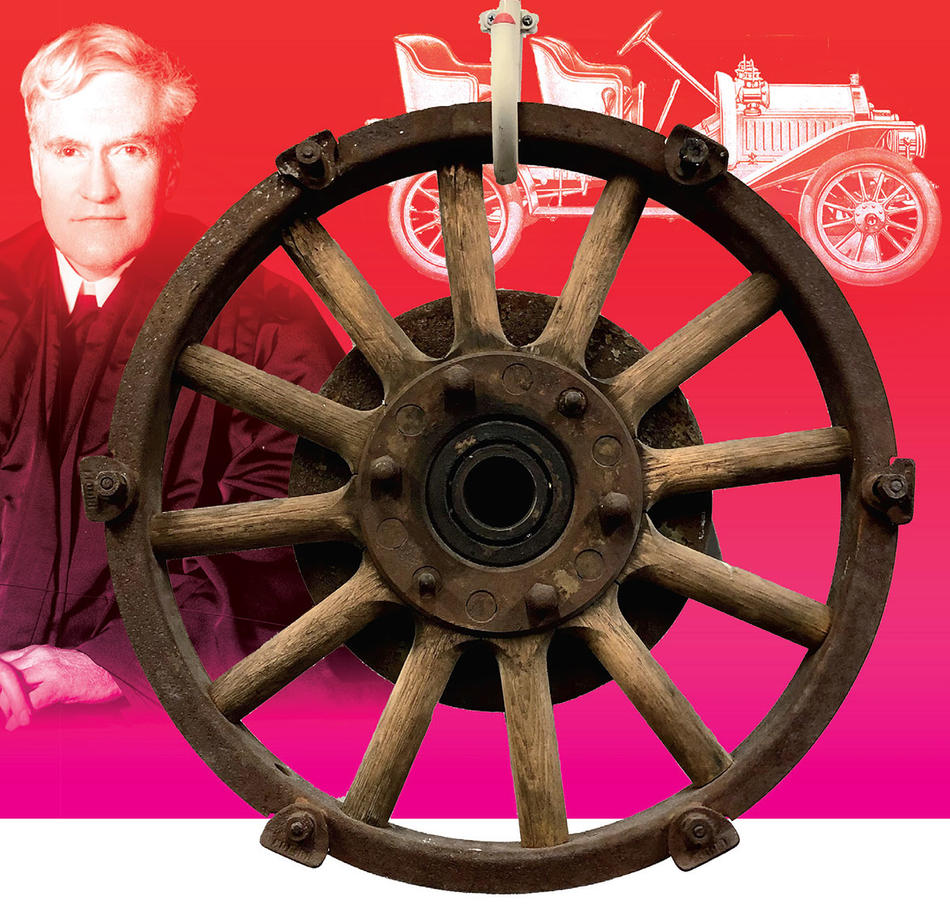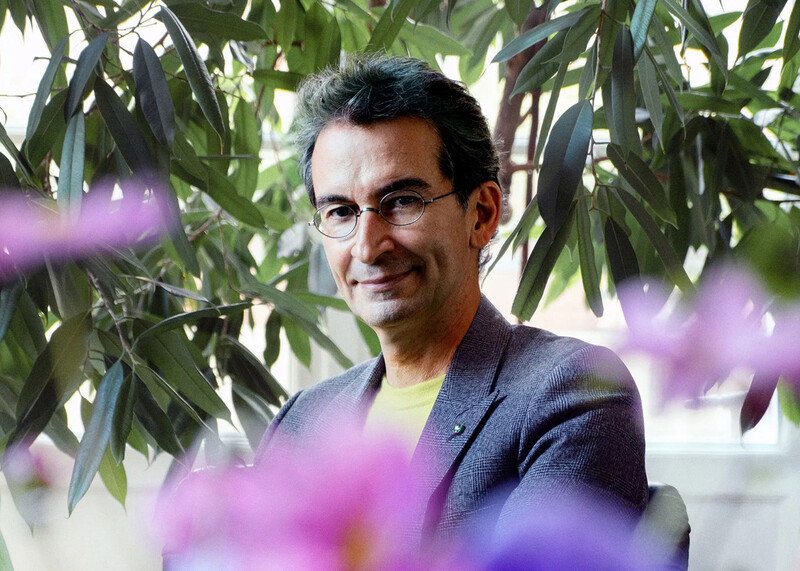An automobile manufacturer, A, sells a car to a retail dealer, B. B sells the car to a customer, C, who is injured when a wheel, made of defective wood, collapses. C sues A for negligence.
This was the crux of MacPherson v. Buick Motor Co., heard by the New York Court of Appeals in 1916 and still taught in law classes today. “The question to be determined,” Judge Benjamin Cardozo 1889CC, 1890GSAS, 1915HON wrote in the majority opinion, “is whether the defendant [A] owed a duty of care and vigilance to any one but the immediate purchaser [B].”
Cardozo found that the answer was yes: though Buick had purchased the wheel from another manufacturer and had no contractual relationship, or “privity,” with the plaintiff [C], it was still responsible for ensuring the safety of its product. Cardozo cited the 1852 New York case Thomas v. Winchester, in which a wholesaler sold a falsely labeled bottle of poison to a druggist, who sold it to a local retailer, who sold it to a patient. Though the written contract was between the wholesaler and the druggist, the court found that the wholesaler was liable for the harm to the patient.
Buick, Cardozo wrote, was “not at liberty to put the finished product on the market without subjecting the component parts to ordinary and simple tests.”
Peter Strauss, professor emeritus of law at Columbia, explains that the decision marked a sea change in product-liability law. “The law at the time held that carriage wheels — and this wheel looks a lot like a carriage wheel — were an ordinary item made by artisans, and it was up to the purchaser to judge their soundness,” says Strauss. “The artisan would not be responsible for any ordinary lack of care in making them.”
Strauss notes that Cardozo, in his reasoning, used what the great Columbia legal scholar Karl Llewellyn would call the “situation sense” — accounting for a new reality in which products were now mass-produced in a complicated marketplace. “Llewellyn remarked that if you just looked at the facts — the wheel had been painted by the supplier, preventing Buick from identifying the defective wood, and MacPherson had used the car for a year to haul heavy stones — the decision was unfair to Buick. But if you paid attention to the ‘situation sense,’ as Cardozo had — the transition from one kind of economy to another — it was perfect.”
The lone dissent came from Chief Judge Willard Bartlett 1869CC, who retired later that year. Cardozo was elected chief judge in 1926, and in 1932 President Herbert Hoover appointed him to the US Supreme Court.



